How to Catch Sea Bass: Complete Guide to Techniques, Gear, and Locations
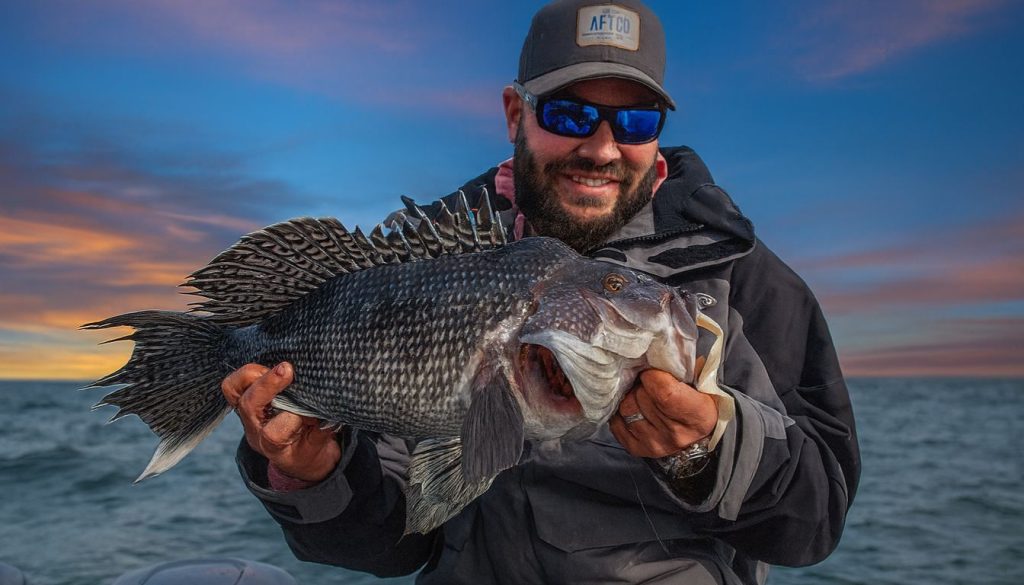
Species Profile
Scientific Name & Names: The Atlantic black sea bass (Centropristis striata) is the primary “sea bass” targeted along the U.S. East Coast. Also called blackfish or rock bass, these stout fish have deep, compressed bodies with large mouths and rounded fins.
Black Sea Bass (Centropristis striata) – sturdy body, dark coloring, and distinctive white-spotted dorsal fin (illustration by NOAA).
Appearance: Adults are typically dark gray or black (juveniles often dusky brown). Each scale has a pale spot, forming faint longitudinal stripes, and the dorsal fin bears a series of white-edged spots or bands. Dominant males in breeding season flash bright blue on the head and fins and develop a slight forehead hump.
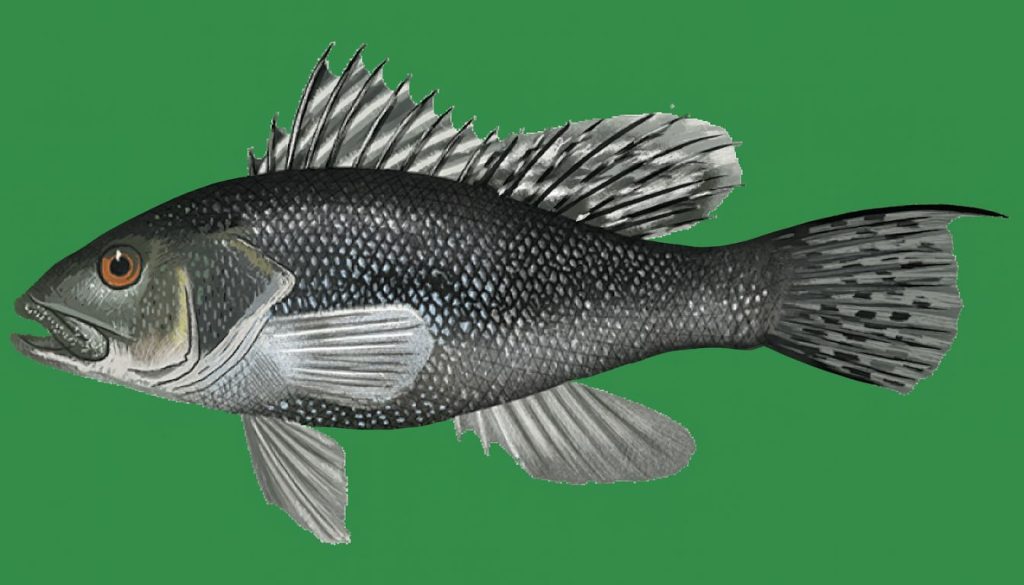
Size: These fish grow slowly, commonly reaching 12–16 inches (30–40 cm) and weighing a few pounds. Trophy blacks can approach 24–26 inches and roughly 9–10 pounds. (NOAA notes a max of ~2 ft and 9 lb; records are around 26″ and 9.0 lb.)
Distribution: Found from Cape Cod to Florida and into the Gulf of Mexico, black sea bass prefer structured bottom habitat (rocky reefs, wrecks, jetties, oyster beds). They migrate seasonally: spawning inshore in spring, then moving offshore into deeper water by fall.
Why Target This Species
Challenge Level: Black sea bass are intermediate gamefish – they bite readily on bottom baits but require a boat and some skill. As ambush feeders, they strike aggressively, making them “a blast to catch” on light tackle. Their hard fights (sudden runs and headshakes) give even experienced anglers a thrill, yet their voracious appetites mean beginners and kids often fill the boat with little finesse.
Value: They are highly prized as table fare. NOAA calls U.S. wild-caught black sea bass a “smart seafood choice” due to sustainable management. Anglers report their firm white fillets as among the “most delicious.” The Florida Museum notes black sea bass are “highly sought” for their quality meat, marketed fresh (broiled, baked, etc.). Their fight on light gear and excellent taste make them a dual-sport/culinary favorite.
Best Season: The inshore season generally runs late spring through summer, with fish moving offshore in early fall. (Season dates vary by state; e.g., NJ and NY open in late spring and re-open October 1.) Peak fishing often occurs in late spring and again in early fall, when water temps change and schools aggregate on shoals. Cooler bottom temperatures and incoming baitfish also trigger good October action.
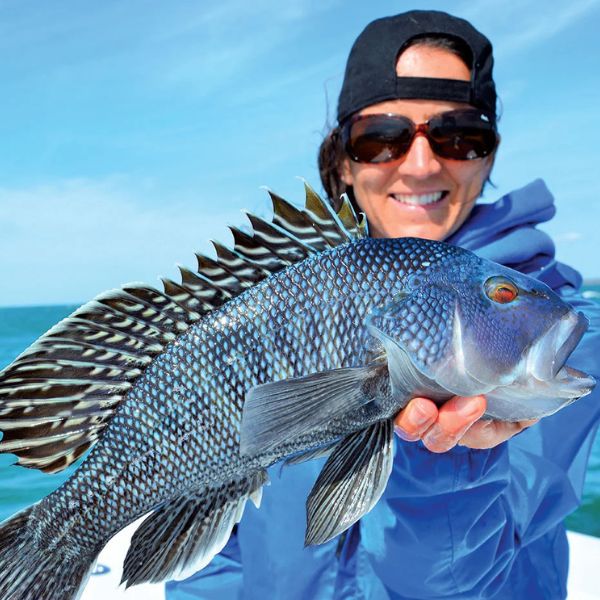
Behavior and Feeding
Hunting Pattern
Feeding Method: Black sea bass are ambush predators. They lurk near structure and strike quickly at passing prey. They rely on camouflage over reefs and wrecks, bursting forward at bait. Guides note the “sharp tug” when they hit and the fish’s tendency to bulldog back toward cover.
Activity: They feed primarily on the bottom. Anglers drop bait or jigs right onto reefs and wrecks, where steady bites “throughout the water column” are common. The fish bite all day in good conditions – “solid all-day” bottom action is typical. Feeding often intensifies during tidal flows when currents bring baitfish into structure.
Social Behavior: Black sea bass often form loose aggregations around cover rather than schooling in open water. Party/charter boats frequently report reaching limits on reefs (meaning many fish present). Still, each fish defends its spot. You’ll catch multiple fish at a wreck or reef, but not massive open-water schools.
Primary Diet
Sea Bass Diet & Bait Guide
Master bottom fishing by understanding what sea bass feed on
🦀 Primary Food Sources
Top Natural Baits
Artificial Lures
📅 Seasonal Feeding Patterns
Pro Rigging Tips
Two-hook hi-low rigs with clam and squid combo are classic for a reason—they cover two of the bass's favorite foods at once. Match your lure colors to local forage: white/chartreuse bucktails for squid or baitfish, brown tones when crabs are dominant. Always add a squid strip or scented trailer to your jigs for extra attraction!
Where and When to Find Them
Key Habitat
Structure: Seek them on hard bottom. Reefs (natural and artificial), sunken wrecks, rock piles, riprap, and jetty tips all hold black sea bass. In Mid-Atlantic waters they congregate densely on these features, especially where current runs. Even state maps call Jersey Shore wrecks “legendary” black sea bass spots, and Norwalk/Long Island Sound reefs are famed in CT.
Depth: They use a wide depth range. In summer they migrate shallow (often 10–40 feet) to spawn and feed; in cool weather they move out to deeper reefs (50–200+ feet). In the NJ area this means on-reef catches in 50–80+ feet during October. Party boats find productive spots 50–60+ feet deep. (In southern New England, longlines near 60–100 ft also hold big bass in fall.)
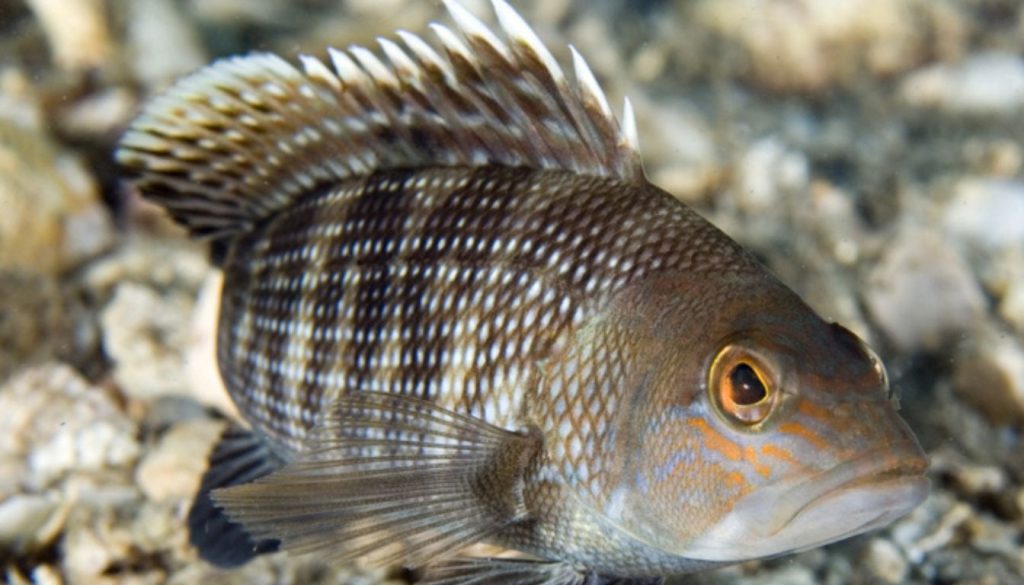
Hotspots: In the Northeast these include the Sandy Hook and Raritan reefs (NJ/NY), wrecks off Long Island (NY), and the “rips” of Block Island and Buzzards Bay (MA/RI). The Florida Museum and guides note Long Island Sound, Block Island, and Southern New England wrecks as excellent areas. Locally, any marked reef or artificial structure on nautical charts is worth trying.
Zones: They often stack near ledges and drop-offs. When surveying structure, hit the edges and depth changes first. Live bait or jigs drifted or jigged along those contours put you right in feeding lanes.
Fishing Calendar
Sea Bass Seasonal Calendar 🐟
Migration Patterns & Prime Fishing Windows
Bass move inshore and into bays as water warms. They're actively feeding on bait schools preparing for spawning season.
Management closures protect spawning fish. Bass concentrate on mid-depth reefs during peak summer heat. Use this time to scout spots for fall!
Bass fatten up for winter, moving southward and deeper. This is prime time for trophy fish as they feed aggressively.
Optimal Conditions
- Tides: Incoming or high tides generally improve sea bass catches. Tides move bait toward structure, activating ambush feeding. Many captains fish an incoming tide or early in the high water window for the best results. Avoid extremely low slack tide when fish can be sulking on deep bottom.
- Time of Day: Daylight hours are best, especially mid-morning through afternoon when light penetrates and predatory activity peaks. Night fishing can yield fish around lights or shore structures, but daytime boat fishing is most reliable.
- Weather: Calm, stable weather gives the best bottom-fishing. As noted in NJ reports, “calm ocean conditions” after storms create perfect opportunities. Heavy chop or currents make it hard to fish structure closely. Overcast days and moderate winds are fine; excessive sun or severe weather can shut the bite down.
Gear and Techniques
Recommended Setup
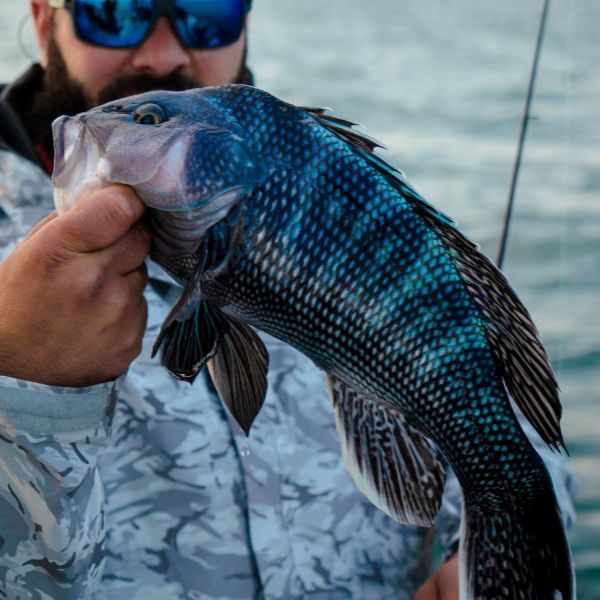
Primary Gear: Use a medium-heavy spinning or conventional outfit. A 6′6″–7′6″ rod with moderate-fast tip action is ideal. This length and power help you drop baits to the bottom and absorb bass headshakes. Pair it with a 3000–5000-size spinning reel (or light conventional) spooled with 20–30 lb braided line. Opt for a reel with a high gear ratio (~6:1) for quick line retrieval. Tie on a 30–40 lb mono or fluorocarbon leader for abrasion resistance when bottom fishing.
Alternative Setup: For serious deep-water work or heavy currents, go heavier: a stout jigging rod rated heavy power (or a No. 7–8 conventional rod) can handle 40+ lb braid and 4–6 oz weights. Larger reels (e.g. 50-size conventional) and line (50–80 lb braid with heavy mono shock) allow longer drops and controlling big bass near structure. These setups help when fishing 100+ feet deep or battling fast drift.
Rationale: The medium-heavy combo balances sensitivity and backbone. The braid and leader specs provide strength without too much stretch, so you feel even subtle taps. High gear ratios help you quickly pick up slack and set hooks when a bass strikes. All this is in line with tackle guides and experienced anglers.
Effective Baits and Lures
Top 3 Natural Baits:
- Clam Strips: Fresh surf clams (or chopped clams) on a two-hook high/low rig are a classic choice. Rig two clam strips on a hi-lo dropper so one rides just off the bottom. This setup matches the bass’s bottom-crusting diet.
- Squid Strips: Cut fresh squid into strips and hook on a single dropper or circle hook. Squid’s scent is a strong attractant and works especially well when fish are sluggish. It can be fished on a high/low rig or on a single bottom hook.
- Shrimp/Crab: Whole or peeled Gulf shrimp (or fiddler/green crabs where legal) are also productive. Hook shrimp through the back and weigh down. Bass readily take these crustaceans, reflecting their natural diet of shrimp and crabs.
Rigging Tip: Use hi-lo (flasher) rigs for bait fishing – one example is a two-hook bottom rig baited with clams or squid. Add a couple of 2–4 oz pyramid or bank sinkers to keep rigs on bottom in current.
Essential Lures:
- Bucktail Jigs: A must-have. Bucktail jigs (½–2 oz) dressed with soft-plastic trailer or squid give off lifelike action. Anglers find that white, chartreuse, pink, or olive tails work well. “Bucktail jigs with soft plastic trailers” are excellent, and SPRO Prime bucktail jigs are a great choice. Experiment with baitfish-imitating colors or glow paint in low light.
- Metal Jigs: Vertical gold or silver metal jigs (e.g. Kastmaster, Hogy Squinnow) are very effective, especially when jigging in deeper water. A ½–4 oz flutter jig can be jigged up and down to attract strikes. The “fluke” style jigs (weighted bucktail with plastic tail) work similarly well.
- Soft Plastics: Curly-tail grubs or fluke-style plastics on a jig head can trigger bites in clear water. Tie them to the same jig weights above. The profile mimics worms and small fish, adding versatility.
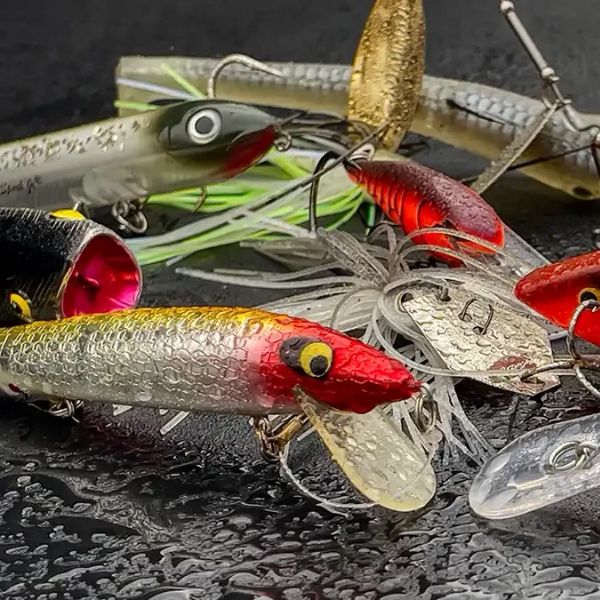
When to Use: Use bucktails and soft plastics when you want a slower, tantalizing presentation (good for structure fishing). Metal jigs excel when you want to fish vertically or cover water quickly (e.g. dropping from a boat anchor). Colors should generally match local forage: white/chartreuse often imitates squid or sand eels, green/brown for crustaceans, and pink for a high-contrast attractor color.
Fishing Techniques
Drop & Jig: The bread-and-butter method is to drop your bait or jig to the bottom of the structure and then jig it slowly. Let the lure touch bottom, then give the rod a small lift and let it fall again (a classic lift-and-fall). This mimics wounded prey and triggers ambush strikes. “Black sea bass primarily feed on the bottom, so getting your bait or lure down to the structure is crucial. Once on bottom use a jigging motion – slowly lifting and lowering your rod tip.” Keep the lure moving just above the rocks or wreck, not far up in the water column.
Working the Structure: Methodically cover the spot. Cast or drift along ledges, holes, and edges of the reef. Often the edges and drop-offs yield bites, so focus there. After one drop, move a rod-length or two and try again. If you don’t get bit, pull up and drift to another part of the structure. The key is to “work the structure” systematically.
Feeling the Bite: Sea bass bites can be subtle. Watch your line and feel for even a light tap or a quick thump. “Stay focused. You might feel a light tap, a sudden weight, or even a slight line movement. Set the hook quickly with a firm but controlled jerk.” Many bites happen on the fall of the jig, so be ready when lifting the rod. Once hooked, haul up firmly.
Alternative Techniques: In very deep or fast water, try a drift with fresh bait along the bottom, letting the current sweep the bait. Some anglers also use a float rig (depth-controlled bobber) in mid-bay spots to keep bait just off the bottom over rocky areas. When fishing in moving water, heavier weights (2–4 oz) may be needed to hold bottom.
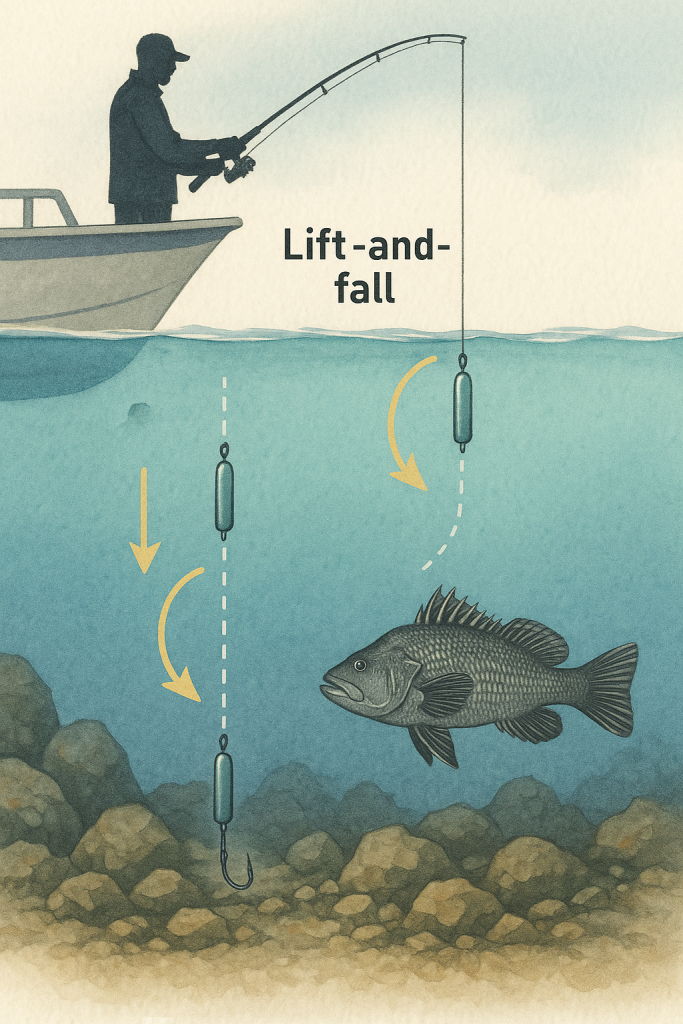
Pro Tips:
- Match the Bait: Add a strip of clam or scented Gulp trailer to your jig to add scent and bulk.
- Watch Tides: Aim for an incoming tide or a bit of slack tide over structure. Bass often bite harder on a steady flow.
- Quiet Approach: Don’t let the boat idle noisily near the hole – reds can spook bottom fish.
- Patience: Give the bait a few seconds after dropping; sometimes the fish tastes it before striking.
- Stay Ready: Keep the rod tip up and line taut. If the lure gets snagged, gently jig or back off the weight to free it; sometimes the attack will come during these moves.
Citations: These gear recommendations and techniques are supported by experts and field reports.
Catch and Handling
During the Fight
Once hooked, stay calm and apply steady pressure. Keep a slight bend in the rod and reel continuously. Black sea bass often make short runs toward structure. If they make a deep run, lift the rod to slow them and reel in slack quickly. TackleDirect advises using the rod’s bend: “When you hook a black sea bass, hold on tight! Use your rod’s bend to your advantage, applying steady pressure to tire the fish out.”
Avoid common mistakes: don’t give slack line (the bass can shake free), and don’t yank abruptly (which can tear the hook loose). If it feels like the lure is snagged, pull gently while reeling; a real bite often feels like a quick pull or added weight. Once the fish tires, lift it smoothly toward the boat or beach.
Catch and Release
If releasing, handle gently. Support the fish horizontally (never by the eye socket or gill cover alone). Wet your hands or net before touching to protect the slime coat. Use pliers or dehookers to quickly remove the hook; if it’s deeply swallowed, cut the leader as close as possible.
Keep the fish in the water as much as possible during release – work it back and forth to pump gills if needed until it swims off strongly. These practices maximize post-release survival of sea bass.
For Consumption
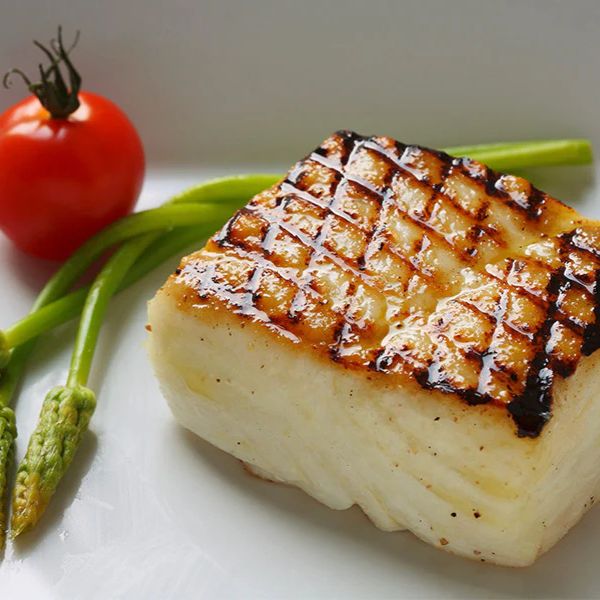
For anglers keeping fish, dispatch and storage matter for quality. A quick, humane dispatch (a firm blow to the head or ike-jime spike) is best. Immediately bleed and gut the fish on the boat if you plan to keep it. Then keep the fillets chilled on ice until you can clean them. Rapid cooling preserves the “firm, white fillets” that black sea bass are known for.
According to fishery experts, black sea bass are regarded as some of the best-tasting saltwater fish – their flesh is mild and flaky. Proper handling (bleeding, icing) ensures the meat remains high quality. Process them (fillet or steak) as soon as possible after catching, and store in ice or a livewell until you can clean and refrigerate/freeze.
Sources: This guide synthesizes NOAA fishery data and expert angler reports
including recent local fishing reports showing where and how Atlantic sea bass are being caught (e.g. New Jersey and Connecticut reports). All strategies above are supported by these sources for successful black sea bass fishing.
